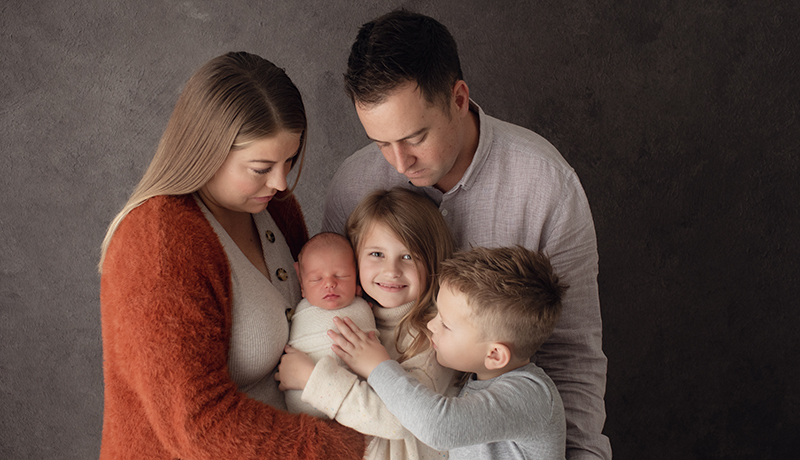Search
Research
Psychometric Properties of the Polish Version of the Perth Emotional Reactivity ScaleThe Perth Emotional Reactivity Scale (PERS) is a 30-item self-report questionnaire that assesses the ease of activation, intensity, and duration of negative and positive emotions. Our study aimed to introduce and validate the Polish version of the PERS.
On this Research Impact page, learn about our work that's actively translated as Government policy or in active practice. Learn how our research is making a difference in people's lives - not tomorrow, next week, or next year - but today!

Video technology is helping researchers learn more about the earliest features of autism, and in turn is helping families gain access to better interventions.
Research
Ngulluk Moort, Ngulluk Boodja, Ngulluk Wirin (our family, our country, our spirit): An Aboriginal Participatory Action Research study protocolGlobally, Indigenous children have historical and contemporary connections with government child protection services that have caused significant harm to their long-term health and wellbeing. Innovative, culturally secure and recovery focussed service provision is required.
Research
Barriers and enablers to promoting grandchildren’s physical activity and reducing screen time: a qualitative study with Australian grandparentsWith an increasing number of grandparents providing care to their grandchildren, calls have been made for these caregivers to be considered important stakeholders in encouraging children's engagement in health-promoting behaviors, such as physical activity.
Research
Statistical considerations for the platform trial in COVID-19 vaccine priming and boostingThe Platform trial In COVID-19 priming and BOOsting (PICOBOO) is a multi-site, adaptive platform trial designed to generate evidence of the immunogenicity, reactogenicity, and cross-protection of different booster vaccination strategies against severe acute respiratory syndrome coronavirus 2 and its variants, specific for the Australian context.
Research
Empathy and Autism: Establishing the Structure and Different Manifestations of Empathy in Autistic Individuals Using the Perth Empathy ScaleThere is a common mischaracterisation that autistic individuals have reduced or absent empathy. Measurement issues may have influenced existing findings on the relationships between autism and empathy, and the structure of the empathy construct in autism remains unclear.
Research
Environmental Determinants of Islet Autoimmunity (ENDIA) longitudinal prospective pregnancy to childhood cohort study of Australian children at risk of type 1 diabetes: parental demographics and birth informationThe Environmental Determinants of Islet Autoimmunity Study is an ongoing Australian prospective cohort study investigating how modifiable prenatal and early-life exposures drive the development of islet autoimmunity and type 1 diabetes in children. In this profile, we describe the cohort's parental demographics, maternal and neonatal outcomes and human leukocyte antigen genotypes.
Research
Airway management in neonates and infants: Recommendations according to the ESAIC/BJA guidelinesSecuring an airway enables the oxygenation and ventilation of the lungs and is a potentially life-saving medical procedure. Adverse and critical events are common during airway management, particularly in neonates and infants. The multifactorial reasons for this include patient-dependent, user-dependent and also external factors.
Research
Widespread haemorrhages in infants post-shunting (WHIPS): clinical features, risk factors and neuroimaging characteristics of a rare and under-recognised phenomenonInfants undergoing CSF shunting procedures face a rare complication which we propose to rename "Widespread Haemorrhages in Infants Post-Shunting" (WHIPS) to better capture this unique phenomenon specific to infants undergoing CSF diversion. Our objective is to analyse the risk factors for WHIPS development and provide a detailed neuroradiological description of these haemorrhages.
